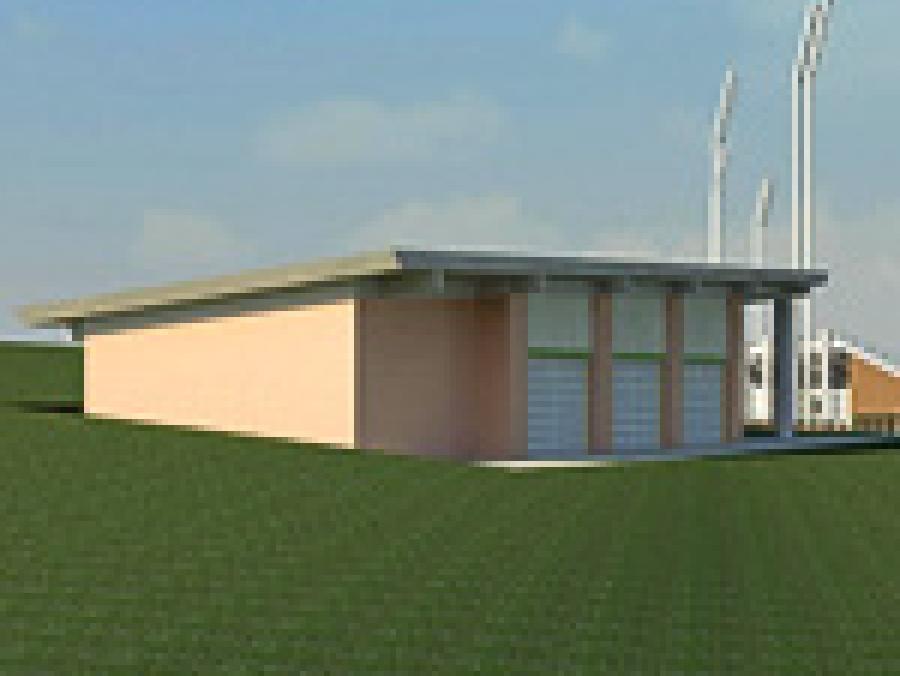Written by:
Khashan PoitierPhotography by:
Mike WoodruffMarch 30, 2010
 What can you do to create a more sustainable landscape?
What can you do to create a more sustainable landscape?
Just before the temperature jumps to another scorcher and plants begin to cringe, Texas homeowners thirst for sustainable landscaping ideas to maintain the blooming season.
“The key to success is knowing that your landscape bed preparation can be even more important than the flowers you choose, and your irrigation system should be as efficient as it can be,” says Lanse Fullinwider, UNT grounds manager.
He offers the following tips to sculpt a landscape that will beg for your neighbors’ attention while saving water:
Bed preparation
- Spend more money on bed preparation and buy smaller plants. It’s better to plant a $5 plant in a $1 million hole than a $1 million plant in a $5 hole.
- Amend clay soil with proper ingredients. Strongly consider using the Earth-Kind rose bed creation program, which incorporates expanded shale to help retain moisture and pH balanced compost for a healthy root growing medium. Healthy roots equal a healthy plant.
- Maintain 3 inches of composted shredded mulch on your beds to help keep a soil moisture balance and avoid erosion. Bare soil acts like a candle wick as the wind passes over and sucks the moisture out of the ground, leaving your plants thirsting for moisture.
Planting
- Dig as big a hole as possible for the plant. Shallow roots make plants unhealthy as they cannot withstand long periods of dry weather.
- Use native and indigenous plants such as perennials (bluebonnets, lantana), shrubs (Earth-Kind roses, skullcap) and grasses. They can survive with minimal water after the first establishment year.
Watering
- Audit your irrigation system often, checking for misaligned, clogged or broken sprinkler heads, and adjust your controller for seasonal differences.
- Water less often but more deeply, with multiple, shorter cycles for deeper water penetration into the soil for better root growth. The deeper the roots, the better your plants can withstand periods of dry weather. Avoid overwatering, which creates a soggy, root-suffocating mess and invites mosquito breeding.
































